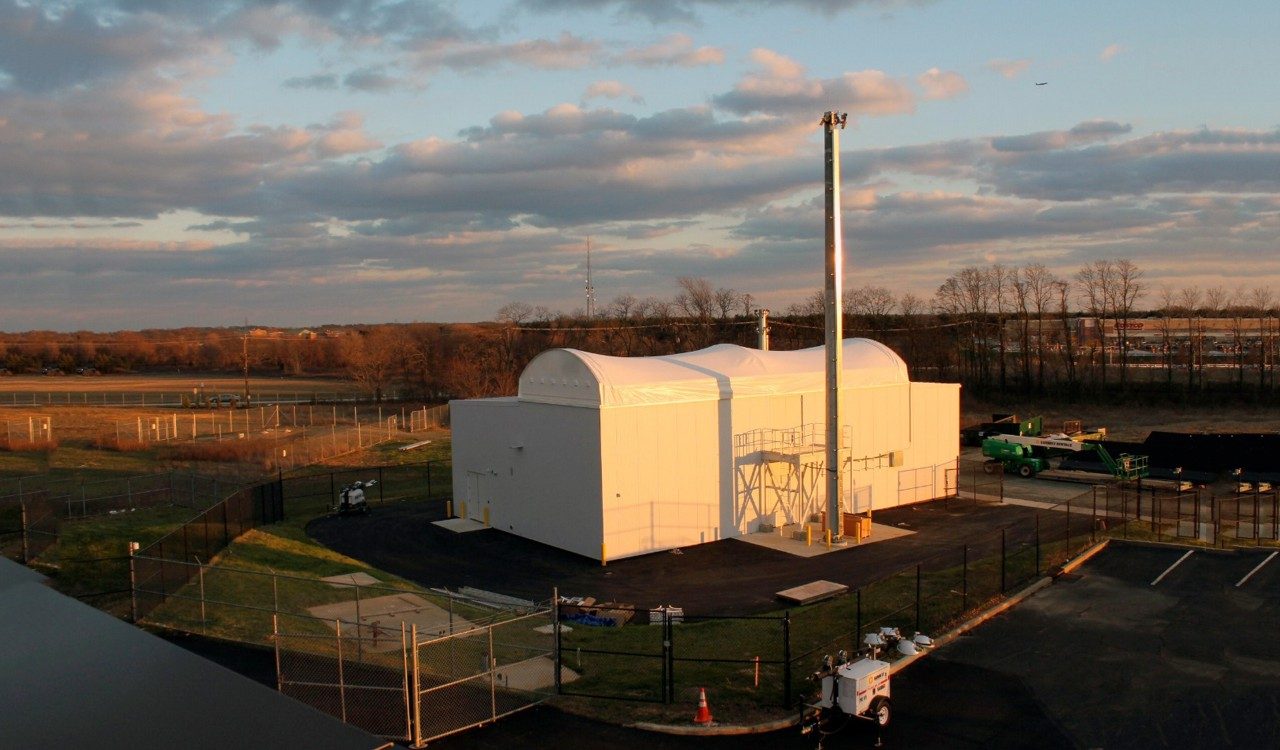When we think of all the advances that have been made in space and space travel, it’s hard to believe it has only been about 65 years since our first visit to the great unknown.
From technology that helps us monitor the climate on Earth, to the technology that helps satellites avoid traffic in space, many of the things we rely on are connected to satellites and other spacecraft hundreds to thousands of miles away.
Take a look at how our space intelligence and space situational awareness has improved over the years thanks to some technologies you might not know about.
Infrared Observation

When it First Appeared: Infrared (IR) light was discovered as far back as the late 1880s, but it wasn’t until the dawn of the space era that researchers used IR satellites to monitor the Earth…and far beyond.
What it does: Earth-observing satellites, like GOES-R or SBIRS, allow us to “see” infrared waves that are being emitted, which is particularly useful for scientists that monitor climates and changing ecosystems or military personnel who need to observe potential threats.
How it works: Infrared is electromagnetic radiation with longer wavelengths than visible light. On Earth (and in space), many objects emit infrared waves that cannot be seen by the human eye since they are below the visible spectrum of light. Satellites can detect infrared light from space using special instruments and sensors.
What it enables: GOES-R monitors multiple weather events and provides real-time weather forecast information. IR instruments provide complementary data to forecasters with four times the imaging resolution.
Ground-Based Radars

First active: Space Fence is under construction on Kwajalein Atoll in the Marshall Islands, and will be operational in 2018. The Long Range Discrimination Radar (LRDR) will be built in Alaska and will be operational in 2020.
What they do: The Space Fence radar system protects satellite operations by detecting and tracking satellites and the space debris that orbits the Earth. A piece of debris the size of a paint speck could dent and damage a satellite or the International Space Station. Meanwhile, the Long Range Discrimination Radar (LRDR) is designed to better identify ballistic missiles in mid-course, as well as discriminate between real and decoy warheads. Though intended primarily for missile defense, LRDR also contributes to the Air Force’s space situational awareness mission.
How they work: These massive radars are based on Earth but keep an eye on space using phased array radar technology with the latest monolithic microwave integrated circuit technology, including Gallium Nitride (GaN) semiconductor materials. GaN enables radars to operate over long range and provide greater discrimination (so it can monitor very small objects in space or identify incoming warheads and relatively unsophisticated decoys.
What they enable: Space Fence ensures that our space assets stay clear of harmful space debris and enables a safe future in space travels, while LRDR is a key asset for the homeland defense mission.
Space Command and Control

What it does: C4ISR, which stands for command, control, computers, communications, intelligence, surveillance and reconnaissance, is the ground-based interpreter for all of the information that’s gathered by radars and, satellites. C4ISR systems crunch the data, turn it into intelligence, and then provide it to operators, who take action.
How it works: C4ISR systems fuse data from sensors on board platforms like aircraft, ships, unmanned systems and radars. They interpret the data to create an accurate picture of the environment, and then they communicate that intelligence to operators. C4ISR serves as the translator between all the different platforms and the operator.
What it enables: C4ISR delivers information to the right people, at the right time, so that they can make potentially lifesaving decisions. For example, our C4ISR systems make sense of the data collected by Space Fence so operators can adjust the track of satellites to avoid a collision with space debris.
As technological innovation allows us to explore deeper and deeper into space, technologies like infrared observation, ground-based radars and C4ISR will continue to increase our space situational awareness and keep us Earth-dwellers ahead of the game.




